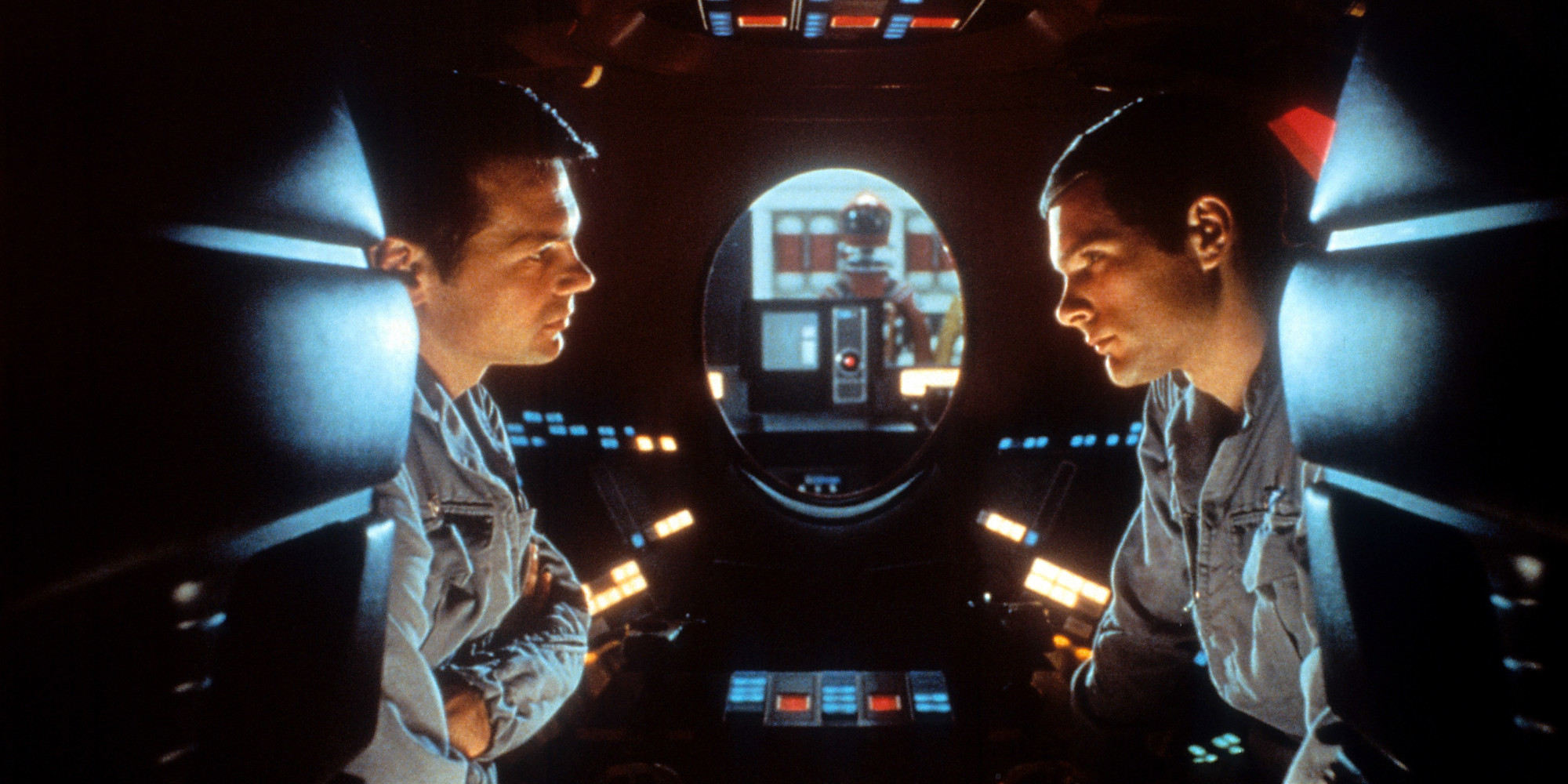Can Toyota and Reason Overcome Blindness? – Article by Edward Hudgins
If you’ve shut your eyes at the ugly spectacle of political and cultural decline around you, look in the right direction and you’ll see what’s best in the world, including innovations from Toyota that are helping the visually impaired.
Technology helping the blind see
The research department at the world-class auto maker is doing more than designing Priuses. It recently unveiled Project BLAID, a shoulder and neck-worn device that can help guide visually-impaired folks through building interiors with cameras, speakers and other technology. This is just one nice bit of good news in a world where the media is ruled by “if it bleeds, it leads.” This is one of many innovations in a world that is being transformed by exponential technologies.
For example, in January an Australian research team at Monash University announced development of another system to help the blind that it will test soon. It bypasses the eyeball, which is often damaged beyond use in blind people, and uses a pair of glasses that feeds visual data directly into the brain. At this time that technology at best would give blind people very limited vision, only enough to let them maneuver around like the Toyota technology does. But it’s a start.
Technology helping the deaf hear
Let’s remember that in recent decades, some 190,000 deaf individuals have received cochlear implants. These devises do not simply amplify sound as do hearing aids. They translate sound into electrical impulses that directly stimulate the cochlear nerve in the ear so the individuals can hear. It is estimated that around 150,000 children are born each year with hearing impairment so serious that they could benefit from such implants.
So as the costs of these implants decrease, we will see the gradual elimination of the ago-old scourge of deafness just as the blight of blindness will gradually disappear from list of human woes as companies like Toyota continue their work.
Reason as the cure
The proximate cause of all this good news is the exponential increase in information processing capability, usually called “Moore’s law.” Since the mid-1960s the capacities of semiconductors have doubled every eighteen months. A capacity of 1,000 at that time is 2,000,000,000 today. That means not only the advent of laptops, tablets, and smart phones but also medical devises that would have been thought science fiction decades ago.
But what is really behind these achievements is a moral code that treats rationality as our highest virtue and human achievement as our highest purpose. It is a commitment by individuals to objective reasoning and to understanding the world so that they can control it to enhance human life and flourishing. And it is a joy that individuals take in the process of understanding and creating.
Ayn Rand called machines “the frozen form of living intelligence.” Do you want to live in a world from which blindness and other illnesses or physical defeats are banished? Then fight for this morality of reason.
Dr. Edward Hudgins directs advocacy and is a senior scholar for The Atlas Society, the center for Objectivism in Washington, D.C.
Copyright The Atlas Society. For more information, please visit www.atlassociety.org.






